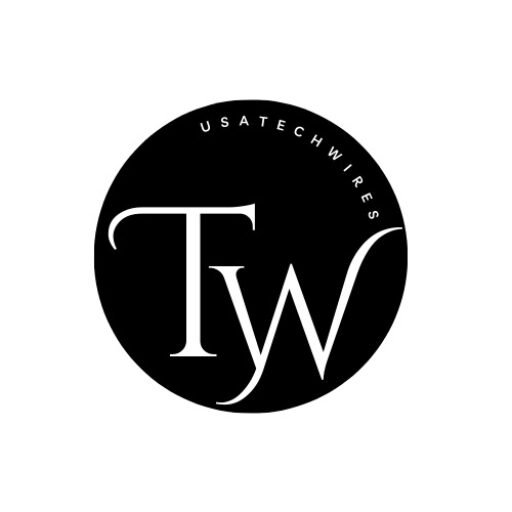Clarifying CNAPP (Cloud Native Application Protection Platforms)

Table of Contents
In the present situation where cloud technology is increasingly being embraced, consideration for application security needs to be undertaken differently. One of the advancements in the security field is the CNAPP, which provides security measures at all levels of the development process and life cycle of the application security solution.
What is CNAPP?
As it pertains to application security, the term Cloud Native Application Protection Platforms is developed as an answer to the cloud application problem. Such applications are grounded upon the concepts of microservices, containerization, and orchestration technologies. A CNAPP allows piecemeal protection for such applications by incorporating several security elements such as vulnerability management, compliance, and access controls on application runtime.
Key Features of CNAPP
Vulnerability Management:
A CNAPP seeks out and corrects application vulnerabilities prevalent in the application code and built infrastructure.
Vulnerability Management:
The concept encompasses the identification and resolution of vulnerabilities in application code as well as the built environment, depicting it in a holistic manner. For instance, it involves looking into vulnerabilities present within containers and images and also serverless functions.
Consideration of Regulatory Compliance:
Given the dynamic nature of regulations, there are detailed compliance requirements that organizations must meet, and the cloud-native application protection platform helps to meet through automated compliance of configurations with set standards, including GDR, PCI DSS, and CIS.
Protection During Runtime:
Protection of applications inherent in the CNAPP takes into consideration the runtime aspects of clouds, providing protection as threats arise, including those directed towards applications in use. In this case, the application already running is targeted using tools or techniques that make use of the loopholes present; hence, preventing this is key.
Security Management Simplification:
In the case of ex-functional security, the cloud-native application protection platform eliminates the need for ‘arm’s length’ interaction with security controls during the development lifecycle of cross-cloud-native systems owing to the melting away of cross-functional barriers of the related clouds.
Security in the Development Processes:
CNAPP connects the security concerns to the DevOps activities, enforcing developers to put security at the edge of the code development in the CI/CD process and not post-development of the application.
Advantages of Implementing CNAPP
Reduced Risk Exposure:
Application security measures have been adopted as an enterprise practice to lower risks and bring most organizations to a higher level of security.
Decreased Management Overload:
CNAPP lessens the management burden by enabling teams to work through multiple security tools and providers, allowing them to be more focused and abreast in terms of creativity and development without being tied down with cranky security measures.
More Expedited Development of Applications:
Most, if not all, applications today are geo-restricted for delivery to specific audiences only, and geo-fencing is one of the ways that organizations are able to geo-restrain in full compliance with legal norms. Thus, such applications can be developed and implemented in shorter periods as planned.

Conclusion
As organizations are adding the cloud-native architecture into their systems, there is a need to provide reasonable cloud security. A solution that embeds cloud security in every aspect of the application is provided by the cloud-native application protection platform. It not only improves the security measures applied in the application lifecycle but also implements the desirable aspects of cloud-native development. Security should no longer be seen as an overhead burden that restricts the development of new features; rather, it must be built into every new feature and app from the very first stages of development, ensuring that the end product will not just be compliant but will be inapplicable to threats in today’s evolving world.
FAQs
Q1: What is the main advantage of CNAPP as compared to other security-oriented products?
A1: Rather than providing functional or physical separation from the other tools, CNAP’P is a platform that replaces the need for multiple security products that would ordinarily be used to secure different aspects of a cloud-native application.
Q2: In what ways does CNAPP assist when it comes to regulation compliance?
A2: Through the implementation of CNAPP, organizations can utilize automated services to monitor cloud configurations against different compliance standards, which would have been done by human interns without effort.
Q3: Does it mean CNAPP is fit for every application developed?
A3: CNAPP is founded on cloud-native application architecture; however, the suite of security tools offers assistance even to organizations operating on hybrid or multiple cloud spaces.
Q4: Is it out of place to say that the CNAPP can work with the existing tools that have been developed for DevOps?
A4: Yes, CNAPP has been built to work with popular DevOps tools, so security can be added to the development process without breaking the flow of work.







